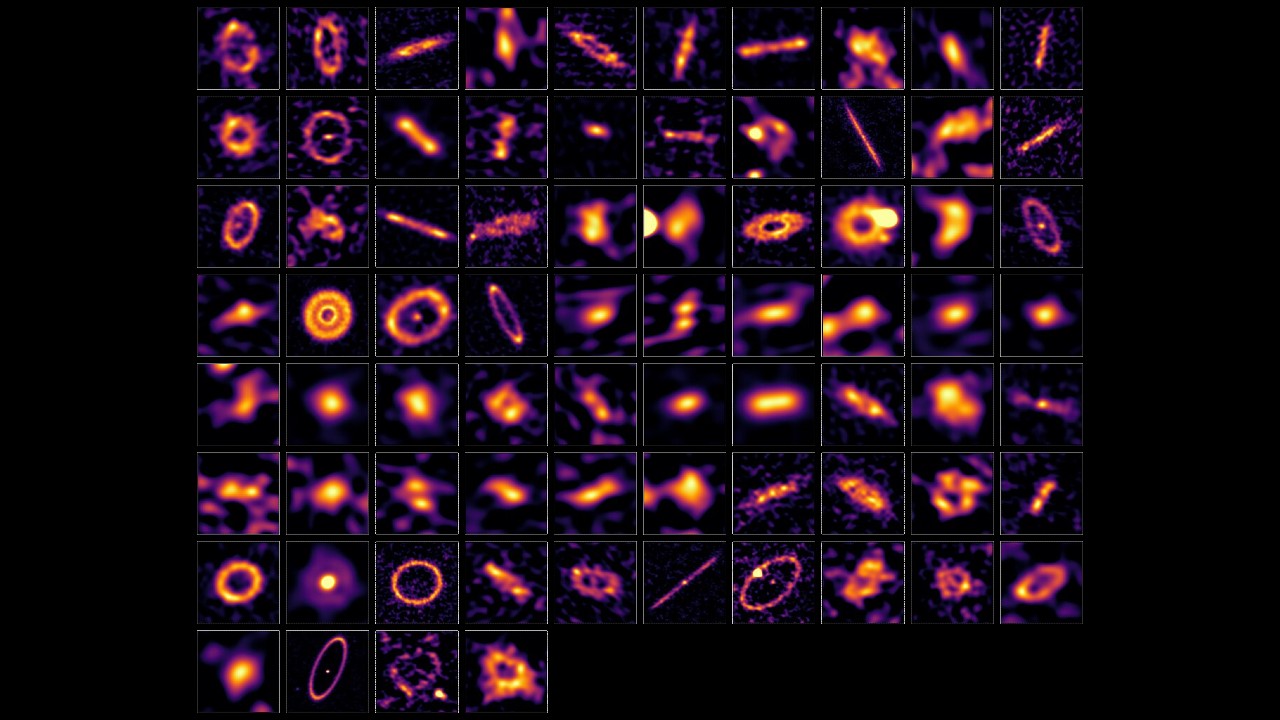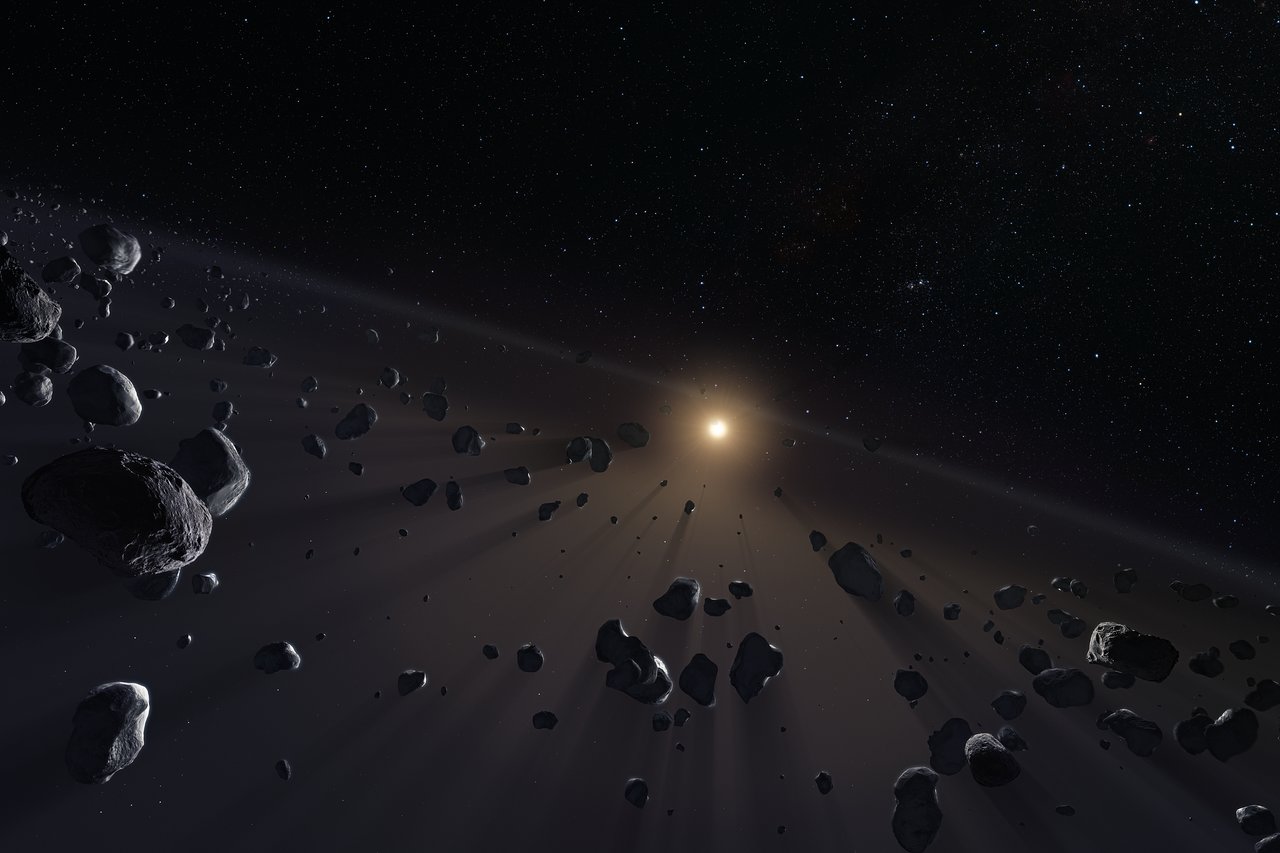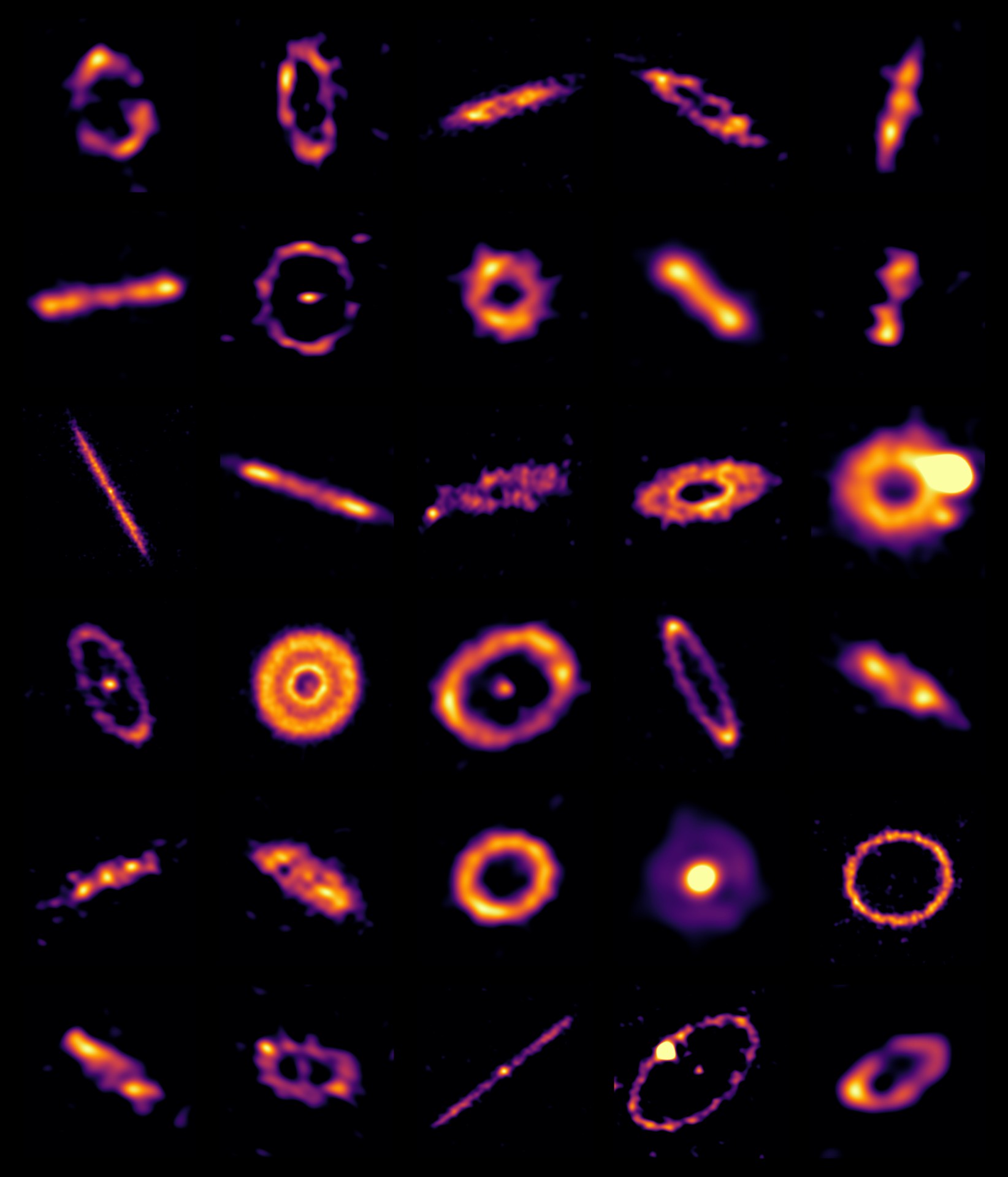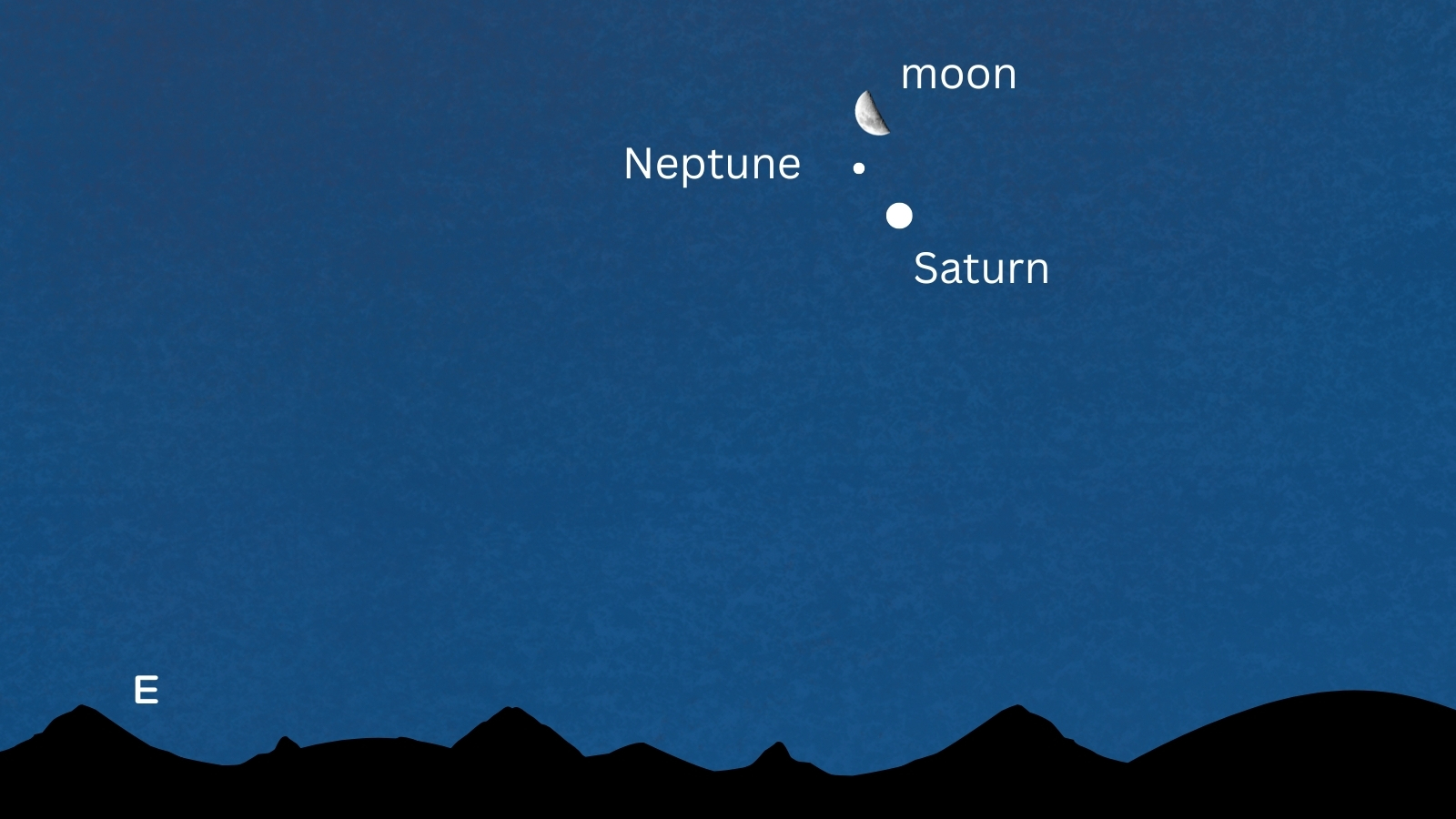Trillions of comets discovered orbiting alien planet systems (image)
The so-called 'planetesimal belts' are filled with tiny millimeter-sized particles created by collisions between comets.

Rings of comets have been discovered around 74 alien star systems, revealing not only the existence of trillions of icy exocomets, but also the source of most of the water in these systems.
The discovery of what are being termed 'planetesimal belts' was made in joint observations by the Atacama Large Millimeter Array (ALMA) in Chile and the Submillimeter Array (SMA) on Mauna Kea in Hawaii. Because the belts are so far away from their central star, they are cold, with temperatures ranging between –418 to –238 degrees Fahrenheit (–250 to –150 degrees Celsius). As such, they mostly radiate light at long wavelengths, hence the need for ALMA and SMA. Although to us a millimeter is small, it is much larger than the nanometer wavelength of optical light and the micron-sized wavelengths of infrared light seen by other observatories like the James Webb Space Telescope.
The submillimeter light ALMA and the SMA detected is coming from uncountable tiny 'pebbles', just millimeters in size, which were flung off of larger cometary bodies as those larger bodies collided together over cosmic timescales.
Astronomers say these types of belts are fairly common among exoplanets. "Exocomets are boulders of rock and ice, at least 1 kilometer in size, which smash together within these belts to produce the pebbles that we observe here with the ALMA and SMA arrays of telescopes," said Luca Matrà of the University of Dublin in a statement. "Exocometary belts are found in at least 20% of planetary systems."
In our own solar system, the Kuiper Belt is a region of icy bodies, some of which fly through the inner solar system as comets, which languishes far from the sun at distances between 30 and 55 astronomical units (AU; one AU is 149.6 million kilometers/93 million miles, which is the average distance between Earth and the sun).

Exocomets beyond our solar system have previously been detected by NASA's Transiting Exoplanet Survey Satellite (TESS), their tails flaring as they pass close to their star, and planetesimal belts have been identified before, but never in such quantities. Hence the need for this more comprehensive survey. Matrà led the research as part of the REsolved ALMA and SMA Observations of Nearby Stars (REASONS) program.
"The images reveal a remarkable diversity in the structure of belts," said REASONS team-member Sebastián Marino of the University of Exeter.
Breaking space news, the latest updates on rocket launches, skywatching events and more!
The 74 planetesimal belts are all found around stars within 500 light years of our solar system. They have a range of ages, some having just formed, others now billions of years old. They are found between tens of AU and hundreds of AU from their star, and some of the belts are tilted or elongated, as though the gravity of an unseen planet or planets is pulling on them.
Yet for all the difference between them, patterns emerge.

"For example, [the survey] confirmed that the number of pebbles decreases for older planetary systems as belts run out of larger exocomets smashing together, but showed for the first time that this decrease in pebbles is faster if the belt is closer to the central star," said Matrà. "It also indirectly showed — through the belts' vertical thickness — that unobservable objects as large as 140 kilometers to moon-size are likely present in these belts."
In general, there's also a trend among the 74 planetesimal belts for them to be larger than expected, extending out to large radii from their central star.
"Some are narrow rings, as in the canonical picture of a 'belt' like our solar system's Edgeworth–Kuiper Belt, but a larger number of them are wide, and probably better described as disks rather than rings," said Marino.
It's possible there's an observation bias at work here; smaller belts closer to their star would be warmer, and therefore would not radiate as greatly at submillimeter wavelengths, making it harder for ALMA and SMA to detect them. This possibility could be followed up on by the James Webb Space Telescope (JWST), which could detect warmer belts.
JWST could also search for structure beyond ALMA's ability to resolve, such as narrow gaps in the belts or objects ranging from dwarf planets like Pluto to fully-fledged worlds.
The reason for REASONS, if you'll pardon the pun, is to give astronomers more guidance about how these icy belts form and develop, and learn more about the role they play in planetary systems as a whole.
For example, as comets do they deliver water to worlds closer to their star, perhaps for alien life on those worlds to survive from? Or do the comets bring death from the sky by impacting those worlds and wiping out life? By being able to compare these planetesimal belts around other stars with our own Edgeworth–Kuiper Belt, which is a frontier currently being explored by pioneers such as the New Horizons mission, astronomers can uncover the secrets that these frozen realms have kept hidden.
The research is published in the January 2025 issue of Astronomy and Astrophysics.
Join our Space Forums to keep talking space on the latest missions, night sky and more! And if you have a news tip, correction or comment, let us know at: community@space.com.

Keith Cooper is a freelance science journalist and editor in the United Kingdom, and has a degree in physics and astrophysics from the University of Manchester. He's the author of "The Contact Paradox: Challenging Our Assumptions in the Search for Extraterrestrial Intelligence" (Bloomsbury Sigma, 2020) and has written articles on astronomy, space, physics and astrobiology for a multitude of magazines and websites.
